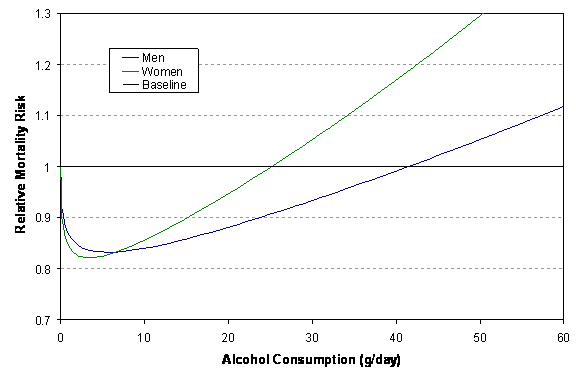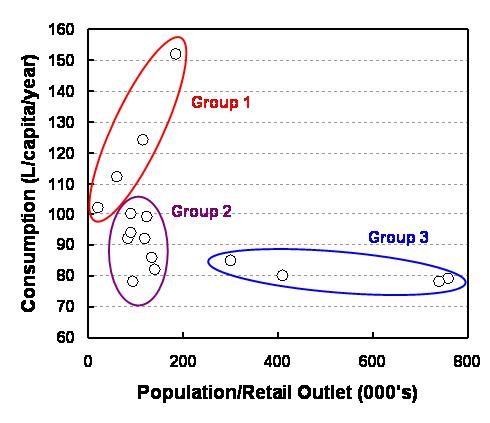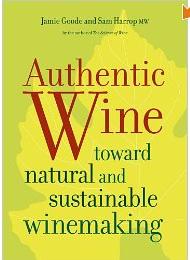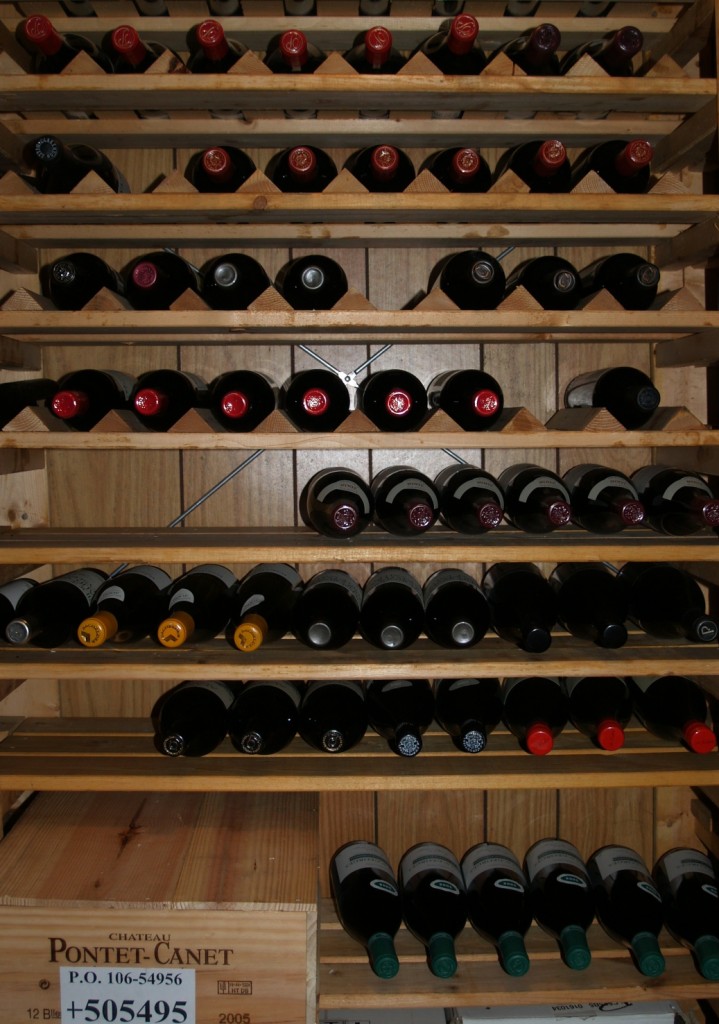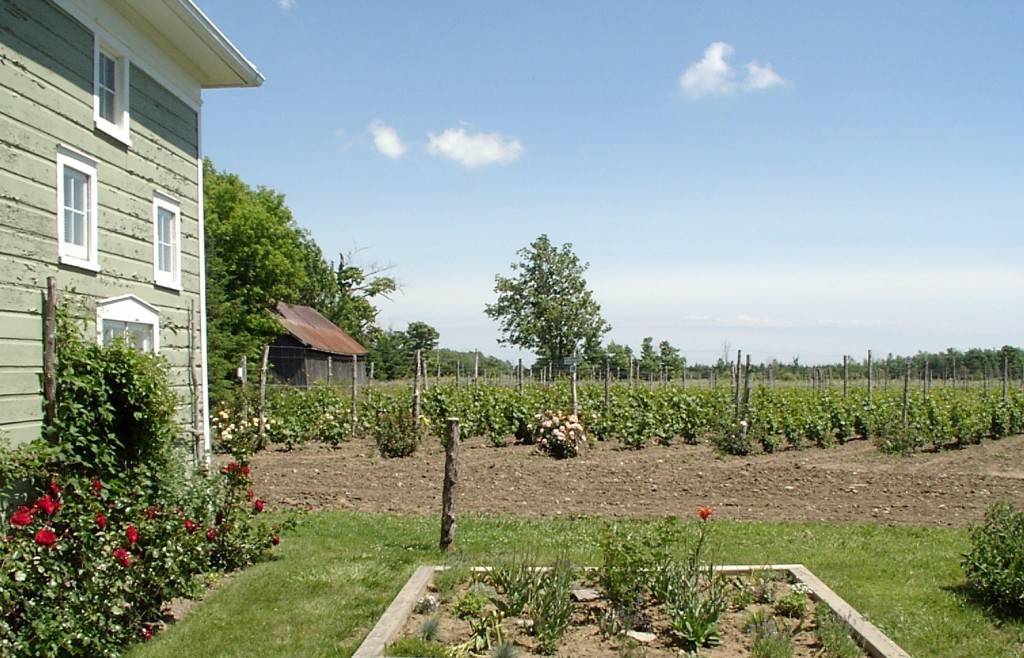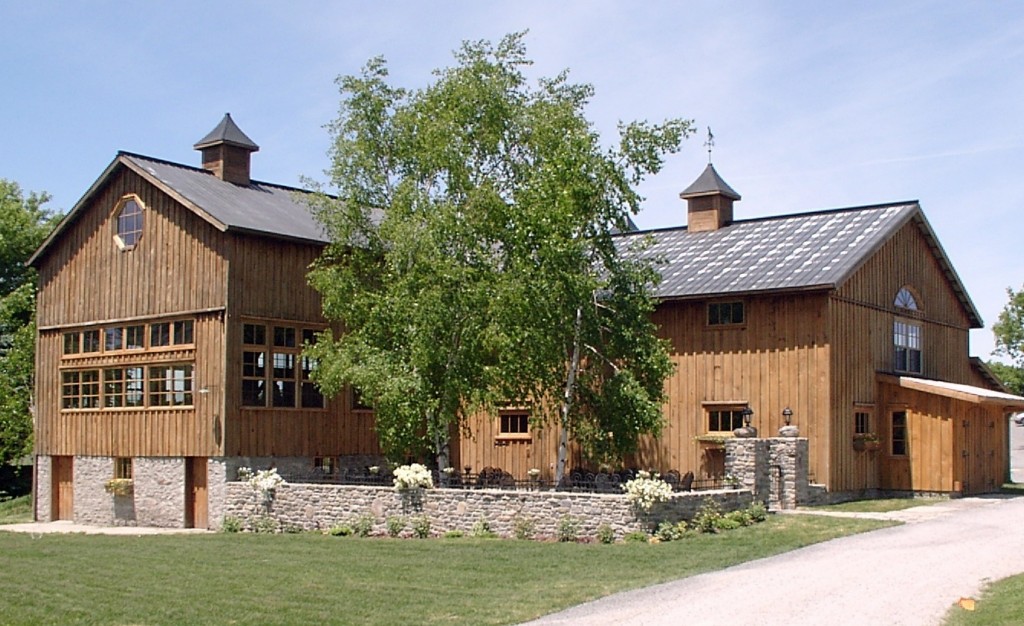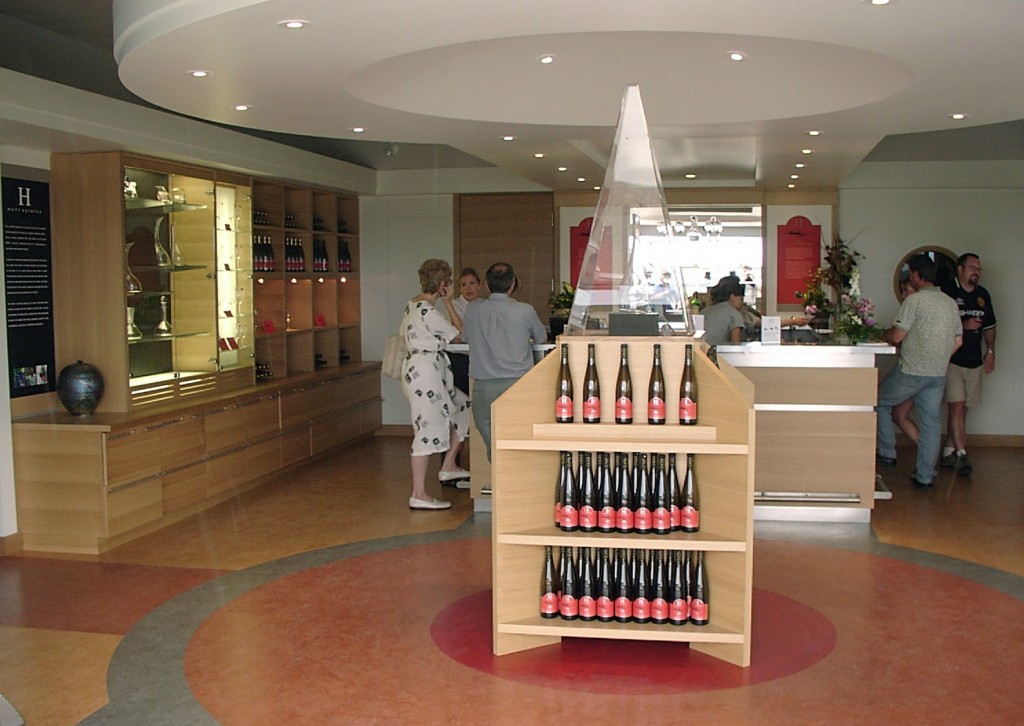The LCBO hates being called a monopoly. Their marketing machine will swiftly counter that label by pointing to their wide and varied competition – the privately run Beer Store, wineries and distilleries and their 472 outlets, brew-it-yourself shops, and…well, I guess that’s about it. They’ll tell you that half of all beverage alcohol sales in the province are in private hands, in competition with the LCBO. Of course, this assertion puts paid to the notion that privatization would be a bad thing, since it’s already here, but that’s another story. The LCBO needs nominal competition so they can try to refute the notion that they are a monopoly but, since they are in any case a commercial business, what they really want to do is quash or at least stifle the competition in order to maximize their own sales and profits. Of course they won’t admit to this goal, at least not publicly, but in the end actions speak louder than words.
So how do they go about keeping a lid on the competition? Let me count the ways:
- Expensive advertising. How often do we see glossy promotional flyers from the LCBO in our newspapers or mailboxes? And don’t forget the free and very attractive Food and Drink magazine. Then there’s radio advertising – now that’s not so expensive, but then neither is the glossy stuff because the LCBO makes its suppliers pony up for most of that cost anyway. For more details check out this article by Martin Regg Cohn in The Star.
- The LCBO can open a new store whenever it likes, but they and the Ontario government ensure that the number of private winery stores is capped. Winery outlets can, however, be acquired, usually by big business buying out the boutique winery that owns the legacy retail licence. In any case, the cap on numbers is clearly not enough, because the LCBO recently announced that they are initiating a program to place LCBO “kiosks” in large supermarkets. That is precisely the space where we now see most of the winery outlets! The first ten locations constitute a pilot project with many more in the planning stage. This is not really a new idea – the LCBO has had agency stores for decades. There are now 214 of these “stores within a store”. They were originally meant to supply remote northern communities, but most of them are now located in the southern part of the province, as evidenced by this list. The only real change is that these kiosks will be in large supermarkets in large cities, rather than in small stores in small towns and cities.
- I remember when you couldn’t get beer in the LCBO. Those times have certainly changed as more and more beer is available there, effectively taking business away from the privately run Beer Stores.
- What about lesser known ways of buying alcohol? For example, Ontario residents can buy directly from the private importers, or agents, but those agents are handcuffed by the rule that they can only sell to the public in quantities of at least 6 bottles, and in practice only in full cases. The LCBO gets its usual profit in any case, but without all the overhead costs. The only way to buy (a few of) these wines in smaller quantities is through the Vintages Shop On Line program. Agents must meet sales targets and do the advertising/marketing. That effectively ends up as advertising for the LCBO because there is usually no competition for a given product in any case. Even LCBO promotions (see above) are paid for by suppliers. The agent also takes the hit if a product is discontinued and put on sale – 25% of the retail price comes out of the agent’s pocket.
- You are also allowed to order a case of wine from another country or province if you order through the LCBO (but see the next point). However, you have to be willing to pay 3-4x the retail price in the country of origin! And that’s only if the LCBO is gracious enough to waive testing and the associated $175 fee. Importing can also take place through a wine club or similar organization, such as the Opimian Society.
- Now we get to the most ridiculous impediment to freer competition – restrictions on the movement of wine from province to province. Only last year was the archaic post-Prohibition ban amended by Parliament, through Dan Albas’ Private Member’s Bill C-311. It creates an exception for:
“the importation of wine from a province by an individual, if the individual brings the wine or causes it to be brought into another province, in quantities and as permitted by the laws of the latter province, for his or her personal consumption, and not for resale or other commercial use.”
That sounds good – both carrying wine with you and placing an order (e.g. on line) appear to be permitted. The kicker is the phrase “as permitted by the laws of the latter province.” In other words, the province must be on board as well. So far, only BC, Alberta, and Manitoba appear to have acquiesced, according to Mark Hicken’s legal opinion. Ontario is resisting, of course. The same legal opinion suggests that silence implies tacit assent, but the LCBO has issued a statement contradicting that idea and limiting interprovincial “imports” to 1 case, brought in person only, not through ordering from a third party. In the end, it is unlikely that they would risk a legal challenge to their untenable monopoly situation by prosecuting ordinary citizens acting reasonably. A summary of the various liquor boards’ ultra-conservative viewpoints is given on the webpage of the Canadian Association of Liquor Boards.
A recent Harris-Decima poll found that an overwhelming majority of Canadians (82%) agree that they should be able to purchase wines from other provinces on-line. If you would like to explore this issue further, check out Free My Grapes.
Whether it’s the Beer Store, winery stores, agents, or private importation, the LCBO has implemented measures to limit or reduce their market share, i.e. to crush the competition. This is from an organization that already has a monopoly in sales of spirits and a near-monopoly in the sale of imported wines and beers. This is from an organization that, in tandem with their cousins the AGCO (The Alcohol and Gaming Commission of Ontario), is able to set the rules for its competition. What private business wouldn’t kill for that kind of power! This situation does not serve the consumer well and needs to be changed. Please let your MPP know what you think.


